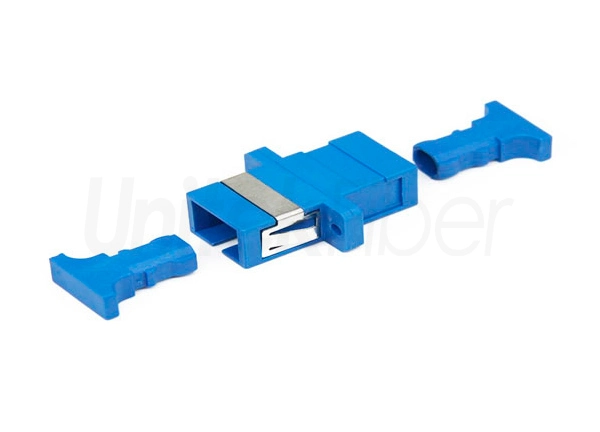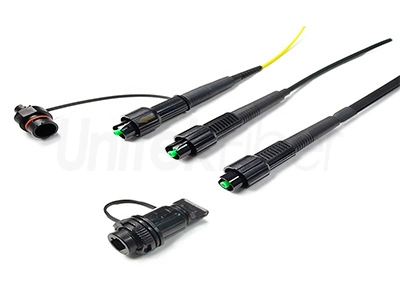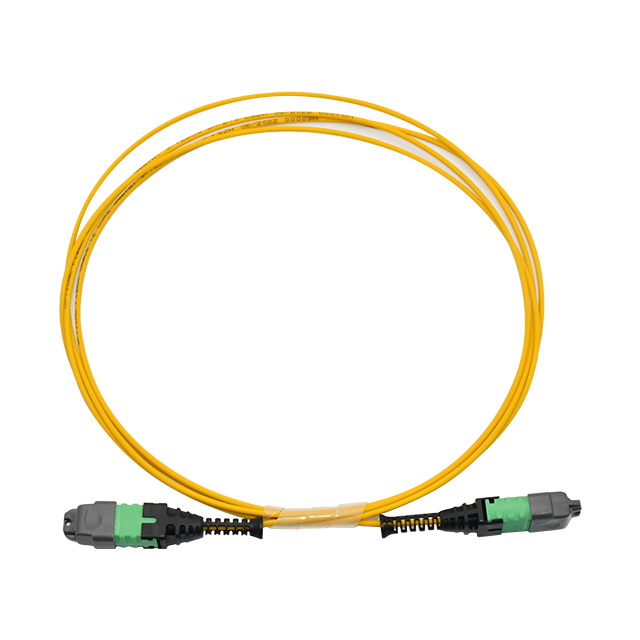
Fiber optical PLC (Planar Lightwave Circuit) splitters have emerged as indispensable components in FTTH network. PLC splitters play a pivotal role in distributing optical signals from a single input fiber to multiple output fibers, enabling the efficient and cost-effective expansion of fiber networks. However, with a various of options available in the market, selecting the right fiber PLC splitter can be a daunting task. In this blog post, we'll explore the key factors to consider when choosing a fiber optical PLC splitter to ensure optimal performance and reliability for your network.
Bare Fiber Optical Splitter: This type lacks connectors at the bare fiber ends, requiring complete protection during transport and use. Its compact size allows easy placement in splice boxes, minimizing space usage and installation costs. Commonly used in FTTH, PON, LAN, CATV, and testing applications.
Blockless Optical Splitter: Similar in appearance to bare fiber splitters, but with a more compact stainless steel tube package for stronger fiber protection. Does not require fusion during installation, ideal for connections above distribution boxes or network cabinets.
ABS Module Optical Splitter: Featuring a plastic ABS case for good internal component and cable protection. Simple and compact design adaptable to various installation environments. Widely used in outdoor fiber distribution boxes for PON, FTTH, FTTX, and GOPN networks.
LGX and FHD Cassette Optical Splitter: Equipped with a rugged metal box, suitable for standalone use or installation in standard fiber optic patch panels or chassis. Offers a plug-and-play integration approach, eliminating installation risks.
Rack-Mount Splitter: Available in 1U and 2U sizes, with 1U being more common. Adheres to the 19-inch rack unit standard, providing excellent optical performance and easy network installation. Widely used in EPON, GPON, FTTX, FTTH, and high-density cabling environments.
The splitting ratio of a PLC splitter indicates how many output fibers the single input fiber will be divided into. Common splitting ratios include 1x2, 1x4, 1x8, 1x16, 1x32, and 1x64. The choice of splitting ratio depends on the number of end-users or devices that need to be connected to the network.
In a small office or home network with a limited number of users, a 1x2 or 1x4 splitter may be sufficient. In a larger enterprise network or a fiber-to-the-home (FTTH) deployment serving multiple households, a higher splitting ratio like 1x32 or 1x64 might be more appropriate.
Choose between single-mode or multimode fiber based on your network's distance and bandwidth requirements. Single-mode is generally preferred for longer distances and higher bandwidth. Select the appropriate connector type (e.g., SC, LC, FC) to match your existing network infrastructure.
PLC splitter is an indispensable component in FTTH networks. Its functions of optical signal distribution, ensuring signal quality, enabling network flexibility, and providing cost effectiveness are all critical factors in the successful implementation and operation of FTTH systems. As the demand for faster and more reliable broadband continues to increase, the role of PLC splitters will remain vital in building and optimizing future proof FTTH networks. Please feel free to contact us via sales@unitekfiber.com for more details about fiber optic PLC splitters.



